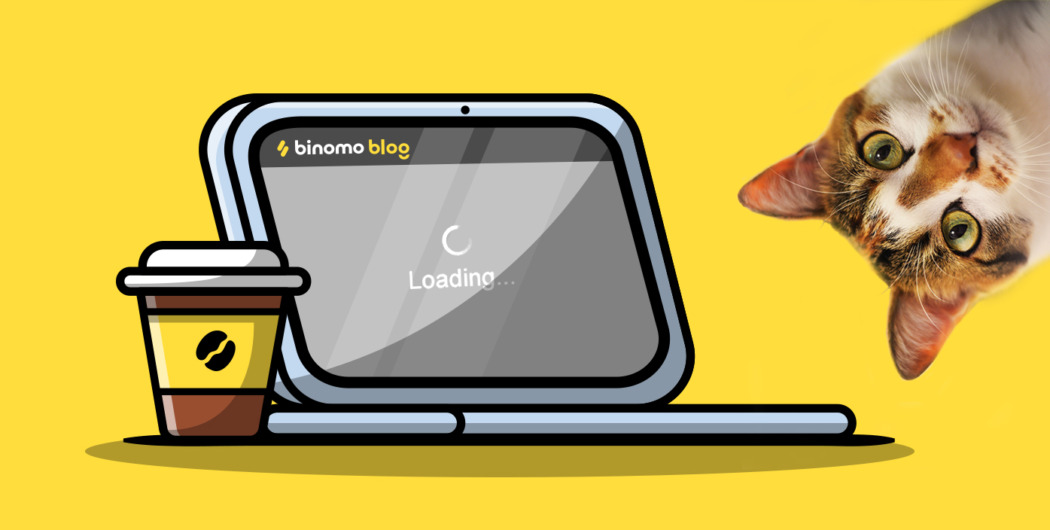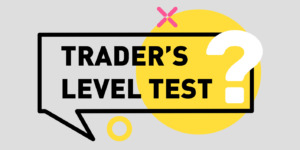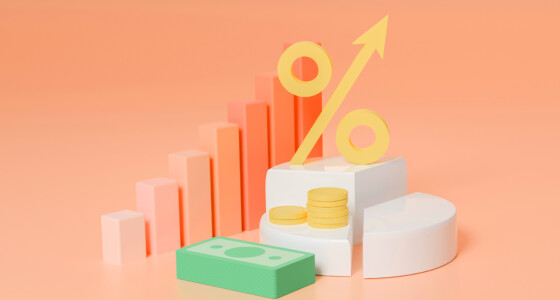

In a quest to know what is a recession? This may seem straightforward, but people often get the concept of recession wrong and mix it with depression. This article will discuss recessions, their causes, and some of the most notable recessions in history.
What is an economic recession?
A definition of a recession in economics is simple to understand and is hidden in the technical indicators.
The technical indicator of a recession is two consecutive quarters of negative economic growth as measured by a country’s gross domestic product (GDP). A significant decline in economic activity spread across the economy, lasting more than a few months. It is visible in industrial production, employment, real income, and wholesale-retail trade.
While GDP is the most common way to measure a country’s overall economic activity, it doesn’t provide a complete picture of the health of an economy. Recession can also be measured by other indicators like employment, industrial production, and wholesale-retail trade.
A recession generally occurs with a widespread drop in spending (negative aggregate demand). This can happen when consumers lose confidence in the economy and reduce spending. It can also occur when there is a decrease in government spending or an increase in taxes that reduces overall demand.
Recessions can also be caused by an increase in the supply of goods and services (negative aggregate supply). This happens when a sudden increase in productivity, usually due to new technology, reduces the cost of producing goods and services.
The Great Recession of 2008-2009 in the US economy was caused by falling aggregate demand and supply. The housing market collapse led to a decrease in consumer spending, while the increase in foreclosures and bankruptcies led to a decline in business investment.
There have been numerous economic recessions throughout history, including the recession of 2001 (triggered by the dot-com bubble burst) and the recession of 1990-1991 (triggered by an oil price shock).
Recessions can significantly impact employment, income, and economic growth. They can also lead to an increase in poverty and inequality.
How do recessions work?
What does the economic recession mean for the ordinary person? It is when there is a significant decline in purchasing power over several months. Businesses make less money when people stop buying things and lay off employees. The more people lose their jobs, the less money they spend, and the recession deepens.
Recessions also usually happen when there is a decrease in housing prices. This can be caused by many things, such as an increase in interest rates, which makes it harder for people to afford their mortgages. When people are forced to sell their homes for less than they paid, it creates a domino effect that can lead to a recession.
Indications of a recession
Recession indicators are the major happenings in a country’s affairs that show an economic hit might be coming. Here are some of the most common indications of a recession:
- Increased Unemployment. One of the most evident recession indicators is an increase in unemployment. This happens when businesses start to lay off workers or reduce their hours due to decreased demand for their products or services.
- Decreased Consumer Spending. Another key indicator of a recession is a decrease in consumer spending. When people worry about losing their jobs or having less money, they’re less likely to make big purchases. This can lead to decreased sales for businesses and further job losses.
- Decreased Business Investment. Businesses are also recession indicators because they usually cut back on investment when a recession emerges. Typically, they halt research and development, new product development, and expansion plans.
- Increased Borrowing Costs. When a recession is on the horizon, businesses and consumers alike will find it harder to borrow money. This is because lenders are worried about getting repaid during an economic downturn. As a result, they’ll charge higher interest rates or refuse to lend altogether.
- Stock Market Volatility. The stock market is often one of the first places recession indicators show up. When investors are worried about the economy, they’ll sell their stocks, which can cause the market to drop sharply.
- Decreased Housing Starts. Another recession indicator is a decrease in housing. This happens when builders slow down construction because there’s less demand for new homes. This can lead to job losses in the construction industry and related sectors.
- Increased Personal Bankruptcies. As recession fears increase, more people will file for bankruptcy. It is because they struggle to pay their debts and don’t see a way out. It can further hurt the economy by decreasing consumer spending and increasing loan defaults.
- Increased Corporate Bankruptcies. More businesses will also file for bankruptcy during a recession. It is because they struggle to make sales and meet their expenses. It can further hurt the economy by decreasing business investment and increasing loan defaults.
- Credit Tightening. Lenders will become more cautious about lending money when a recession occurs. It is because they fear borrowers won’t pay back their loan commitments. It results in high-interest rate loans or refusal to give a loan.
- Increased Foreclosures and Homelessness. When a recession strikes, more people will struggle to make their mortgage or rental payments. It can lead to foreclosures and homelessness, further hurting the economy.
While recession indicators can help predict an economic downturn, it’s important to remember that they’re not always accurate. Sometimes a recession will occur even if there are no recession indicators present. However, if you see several recession indicators at the same time, it’s a good point to blow away the cobwebs and start preparing for a possible recession.

Recession vs. Depression
Recession and depression might have some commonalities. However, there are key differences that set them apart.
A recession is a period of temporary economic decline during which trade and investment decrease. A depression, on the other hand, is a more prolonged and severe economic downturn that can devastate individuals and society. One such financial disaster was the great depression which lasted for nearly a decade, from 1929 to 1939.
While recessions are often considered adverse events, they can also have positive effects. For instance, recessions can force companies to become more efficient and innovative and create opportunities for new businesses to emerge.
The Bottom line
We figured out what a recession means; it is a general downturn in any economy. It is typified by reduced trade and activity and increased unemployment. While recessions can be mild and short-lived, they can also be prolonged and severe.
With careful planning and execution, recessionary periods can be endured and even used to create growth opportunities. Understanding the causes of a recession is essential for governments, businesses, and individuals to make informed decisions about how to weather an economic downturn.





